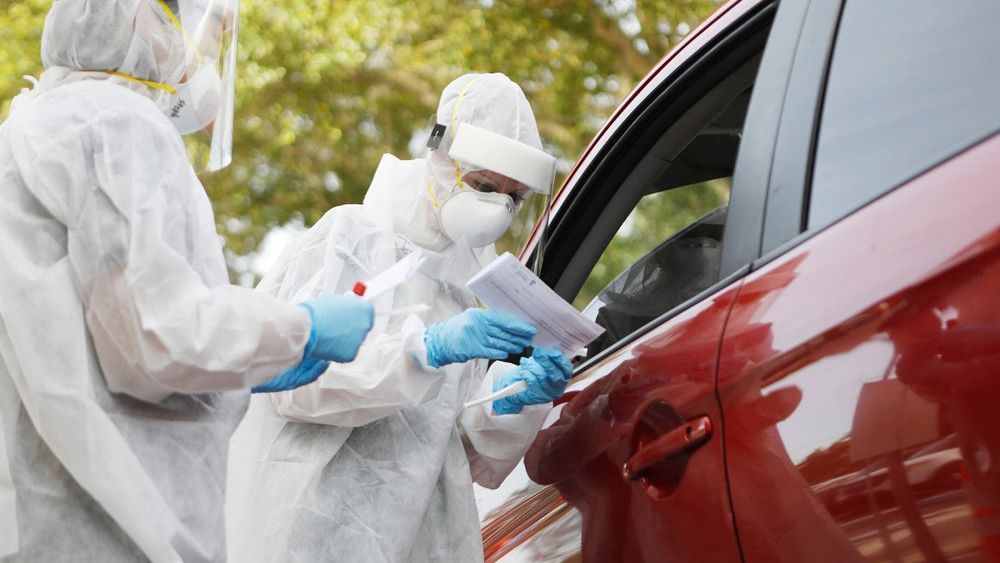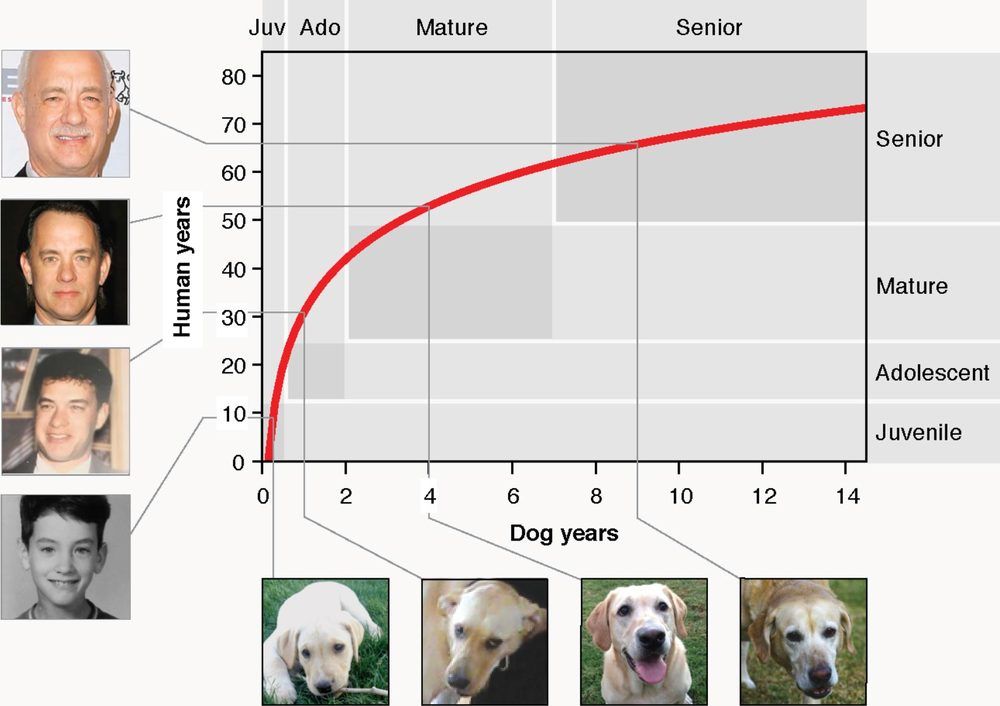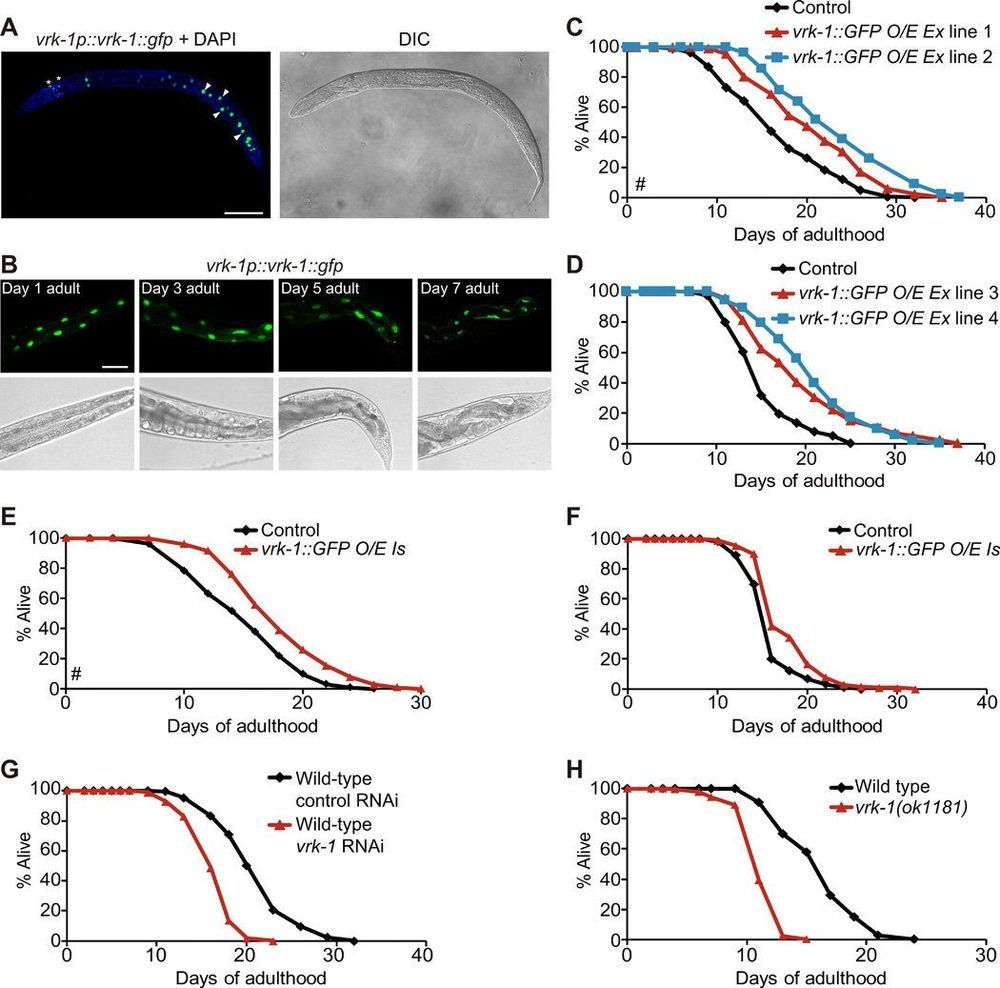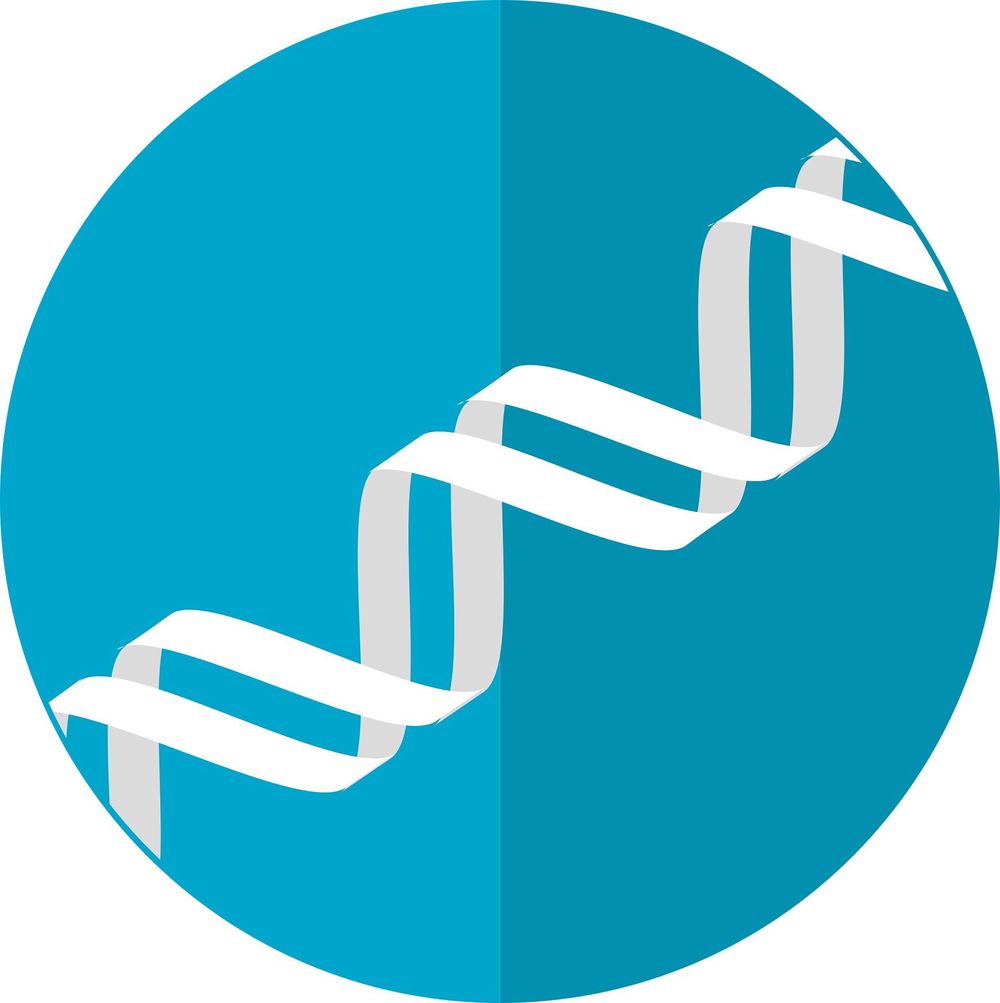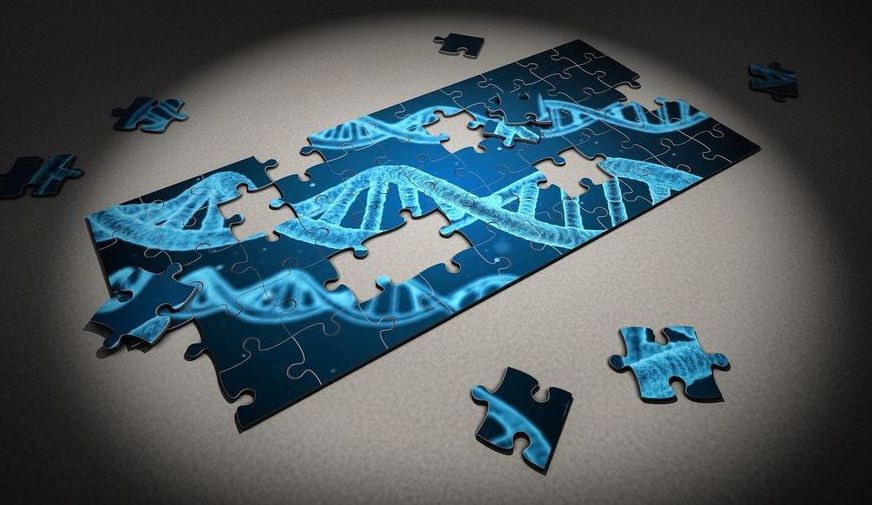Could a mathematical model help predict future mutations of the coronavirus and guide scientists’ research as they rush to develop an effective vaccine? This is a possibility being considered by researchers at the USC Viterbi School of Engineering—Ph. D. students Ruochen Yang and Xiongye Xiao and Paul Bogdan, an associate professor of electrical and computer engineering.
Over the past year, Yang and Bogdan have worked to develop a model that could be used to investigate the relationship between a network and its parts to find patterns and make predictions. Now, Xiao is applying that successful model to the current pandemic. He is examining the RNA sequence of SARS-CoV-2, also known as coronavirus, to determine whether accurate predictions can be made about how its genetic code might change in the future based on past mutations. This research is still in progress and no conclusions have been reached yet.
Published in Nature Scientific Reports, a sister journal of Nature, Yang and Bogdan’s work is detailed in their paper, “Controlling the Multifractal Generating Measures of Complex Networks.”

